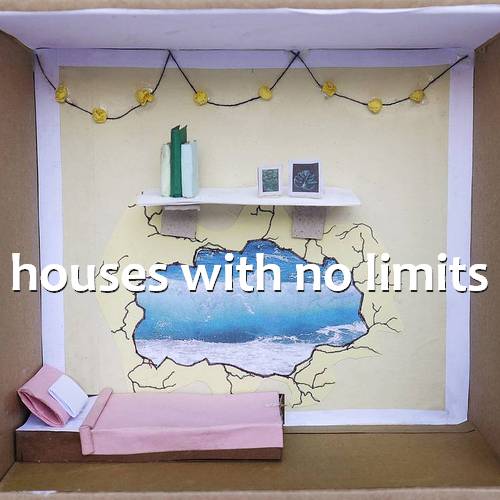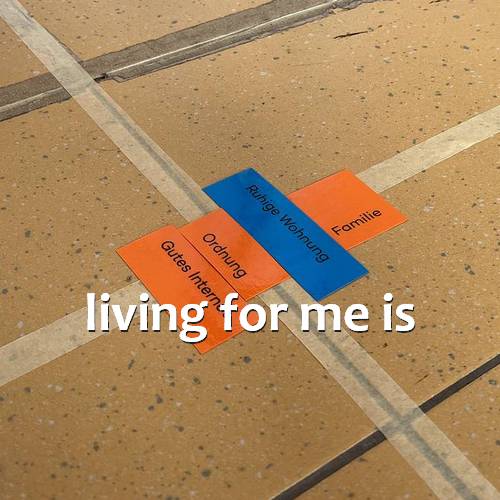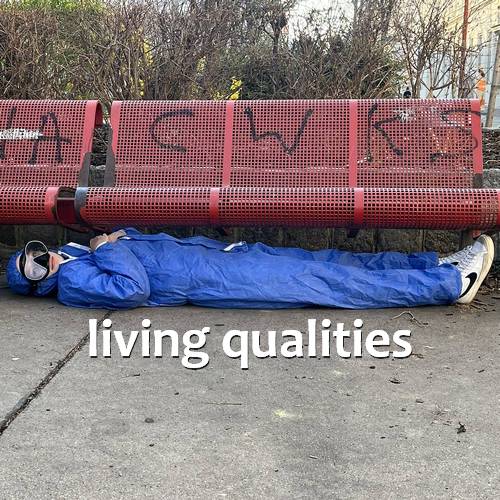creative workshops
Creative Workshop
“Of all the arts, architecture has the most direct impact on people's everyday lives. (...) Day and night we are surrounded by architecture, which envelops us like a third skin (...). Given the extent to which architecture or the built environment determines our lives, it seems surprising how little it ultimately interests us. There is an amazing discrepancy between the objective meaning of architecture and its subjective insignificance in the perception of most people.” 1
While the discipline of architectural mediation is still in its infancy, the spatial experience of children is well documented. It progressively advances during childrens’ development until adolescence and is strongly influenced by the respective socio-cultural context. For this reason, the LIVING 2060 project was particularly aimed at children and young people (target group)2. An essential goal of the project was to support this target group in perceiving their everyday environment more consciously, to experience spatial qualities and to recognise the formability of our environment.
Today's children and young people are tomorrow's users and decision-makers. Above all, this means sharpening children's and young people's awareness of their living space, researching and questioning it together, and ultimately developing the sensitivity that enables them to make decisions. The ability to recognise high-quality architecture is the most important prerequisite for achieving a qualitative improvement in our structural-spatial environment and for attracting responsible users and recipients.
For this purpose and with the target group in mind, creative workshops were planned and implemented, enabling children and young people to approach the complex topic of “living/housing” in a playful and experimental way. In target-group-oriented workshops and in co-operation with their class teachers, children and adolescents were introduced to the topic under the guidance of artists and architecture mediators and thus sensitized to the requirements of architecture and urban planning as well as to their own wishes in this regard.
1 Budde Christina, Architekturmuseum macht Schule – Bildung und Vermittlung im Deutschen Architekturmuseum, in: Budde Christinna und Winkelmann Arne (Hrsg.), Von Häusern und Menschen - Architekturvermittlung im Museum, München 2010, S.31
2 See also.: "Milieu, Urbanität und Raum: Soziale Prägung und Wirkung städtebaulicher Leitbilder und gebauter Räume", by Katharina Manderscheid, VS Verlag für Sozialwissenschaften 2004, p143ff; as well as Budde Christina, (see footnote above).


